Circa 2012
Data transmitted 1 km using elusive particles.


Newly created artificial atoms on a silicon chip could become the new basis for quantum computing.
Engineers in Australia have found a way to make these artificial atoms more stable, which in turn could produce more consistent quantum bits, or qubits — the basic units of information in a quantum system.
The research builds on previous work by the team, wherein they produced the very first qubits on a silicon chip, which could process information with over 99 percent accuracy. Now, they have found a way to minimise the error rate caused by imperfections in the silicon.
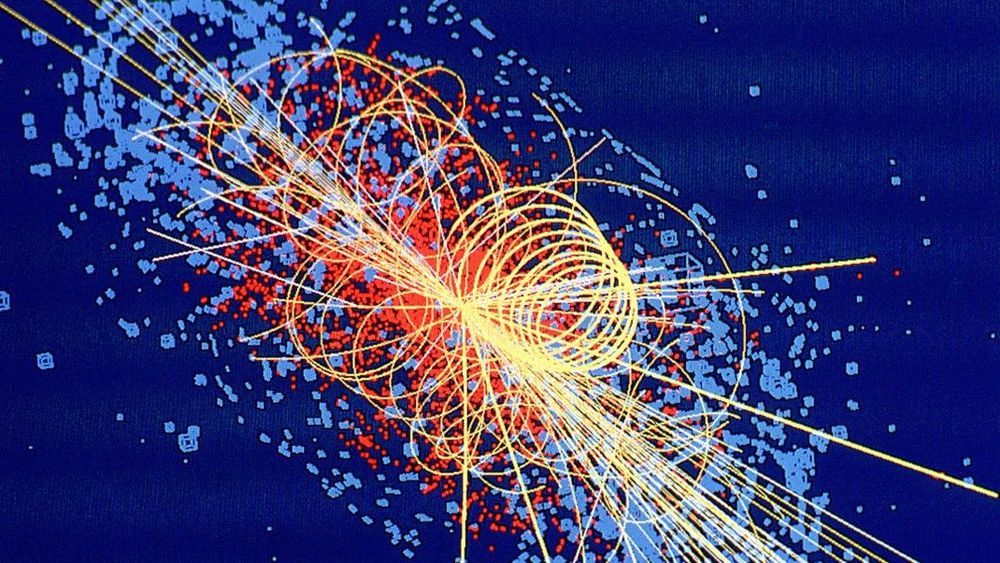
TrackML was a Kaggle competition in 2018 with $25 000 in cash prizes where the challenge was to reconstruct particle tracks from 3D points left in silicon detectors. CERN (the European Organization for Nuclear Research) provided data over particles collision events. The rate at which they occur over there is in the neighborhood of hundreds of millions of collisions per second, or tens of petabytes per year. There is a clear need to be as efficient as possible when sifting through such an amount of data, and this is where machine learning methods may be of help.
Particles, in this case protons, are boosted to high energies inside the Large Hadron Collider (LHC) — each beam can reach 6.5 TeV giving a total of 13 TeV when colliding. Electromagnetic fields are used to accelerate the electrically charged protons in a 27 kilometers long loop. When the proton beams collide they produce a diverse set of subatomic byproducts which quickly decay, holding valuable information for some of the most fundamental questions in physics.
Detectors are made of layers upon layers of subdetectors, each designed to look for specific particles or properties. There are calorimeters that measure energy, particle-identification detectors to pin down what kind of particle it is and tracking devices to calculate the path of a particle. [1] We are of course interested in the tracking, tiny electrical signals are recorded as particles move through those types of detectors. What I will discuss is methods to reconstruct these recorded patterns of tracks, specifically algorithms involving machine learning.
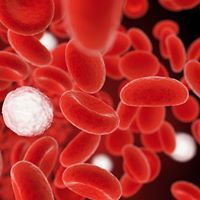

Circa 2016 o.o
Americans dump 251 million tons of trash annually into landfills. Bike seat ripped? Toss it. Hole in the old garden hose? Get rid of it. Spandex not tucking in your tummy? Loose it and replace it. This linear process of extracting a resource, processing it, selling it than discarding it is creating a mound of trash dangerously equivocal to the ball of trash in Futurama episode 8 season 1.
Why Plastic Sucks
Bike seats, garden hoses and spandex are all comprised of polyurethane, the most common and environmentally destructive plastic. The Newsweek article, Plastic-Eating Fungi That Could Solve Our Garbage Problem, notes that the only way to get rid of polyurethane is incarceration, which releases harmful gases into our ecosystem. If plastic is left abandoned in the landfill or ocean, Ultraviolet light from the sun or waves break down the material into harmful microplastic particles. In the ocean, this broken down plastic first poisons the marine life then the people who consumed it. The process of breaking down such materials in landfills emits methane, a green house gas 23 times more potent than CO2, according to the Modern Farm article, Plastic-Eating Mushrooms Could Save the World. Additionally, per the Newsweek article, David Schwatzman, Proffessor of Biology at Howard University remarks,” Landfills are sources of serious problems.
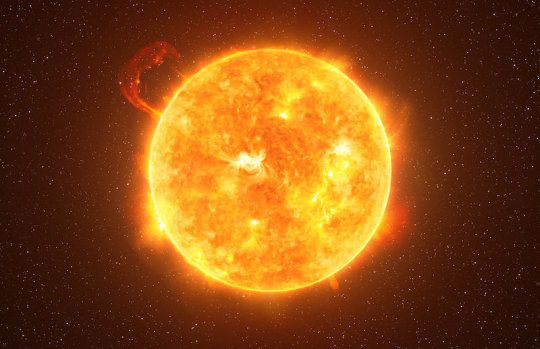
Using data from NASA’s Parker Solar Probe (PSP), a team led by Southwest Research Institute identified low-energy particles lurking near the Sun that likely originated from solar wind interactions well beyond Earth orbit. PSP is venturing closer to the Sun than any previous probe, carrying hardware SwRI helped develop. Scientists are probing the enigmatic features of the Sun to answer many questions, including how to protect space travelers and technology from the radiation associated with solar events.
“Our main goal is to determine the acceleration mechanisms that create and transport dangerous high-energy particles from the solar atmosphere into the solar system, including the near-Earth environment,” said Dr. Mihir Desai, a mission co-investigator on the Integrated Science Investigation of the Sun (IS?IS) instrument suite, a multi-institutional project led by Principal Investigator Prof. Dave McComas of Princeton University… IS?IS consists of two instruments, Energetic Particle Instrument-High (EPI-Hi) and Energetic Particle Instrument-Low (EPI-Lo). “With EPI-Lo, we were able to measure extremely low-energy particles unexpectedly close to the solar environment. We considered many explanations for their presence, but ultimately determined they are the smoking gun pointing to interactions between slow- and fast-moving regions of the solar wind that accelerate high-energy particles from beyond the orbit of Earth.

Researchers at Tel Aviv University have for the first time demonstrated the backflow of optical light propagating forward. The phenomenon, theorized more than 50 years ago by quantum physicists, has never before been demonstrated successfully in any experiment—until now.
“This ‘backflow’ phenomenon is quite delicate and requires exquisite control over the state of a particle, so its demonstration was hindered for half a century,” explains Dr. Alon Bahabad of the Department of Physical Electronics at TAU’s School of Electrical Engineering, who led the research for the study.
“This phenomenon reveals an unintuitive behavior of a system comprised of waves, whether it’s a particle in quantum mechanics or a beam of light. Our demonstration could help scientists probe the atmosphere by emitting a laser beam and inducing a signal propagating backward toward the laser source from a given point in front of the laser source. It’s also relevant for cases in which fine control of light fields is required in small volumes, such as optical microscopy, sensing and optical tweezers for moving small particles,” Dr. Bahabad says.
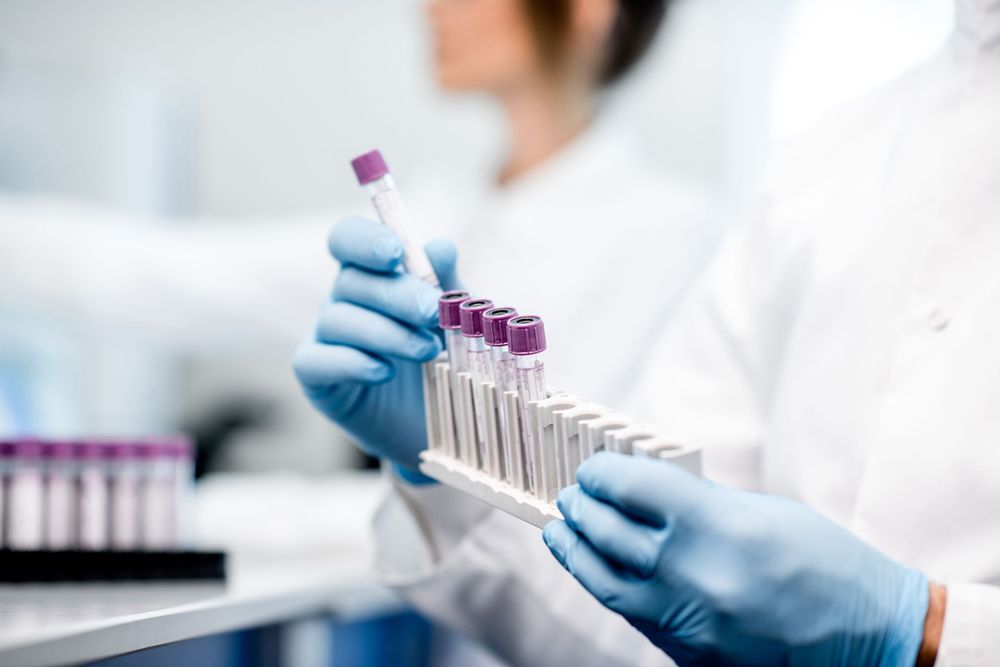
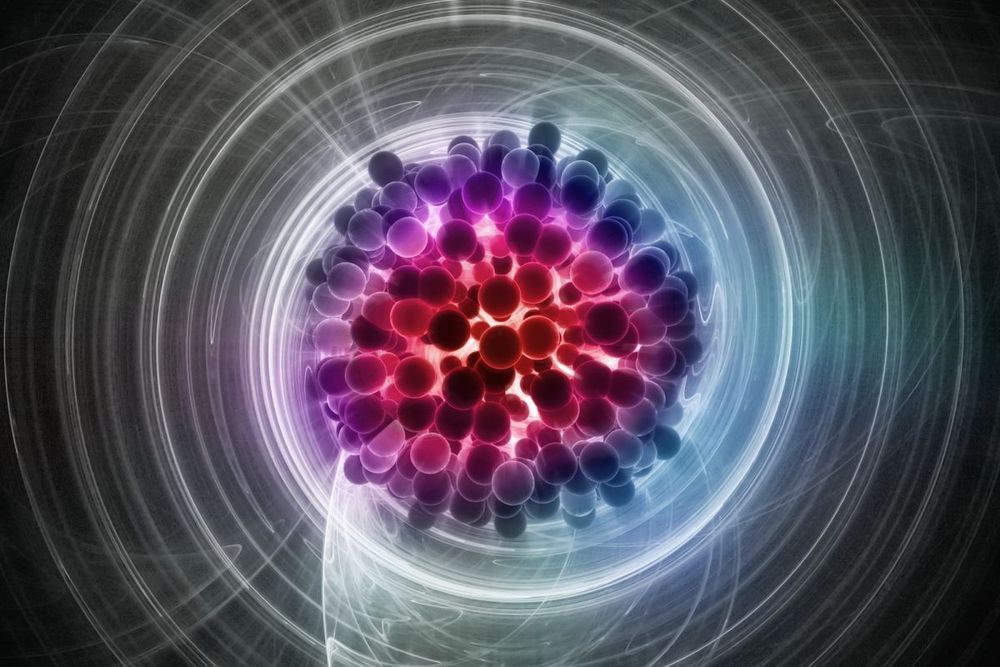
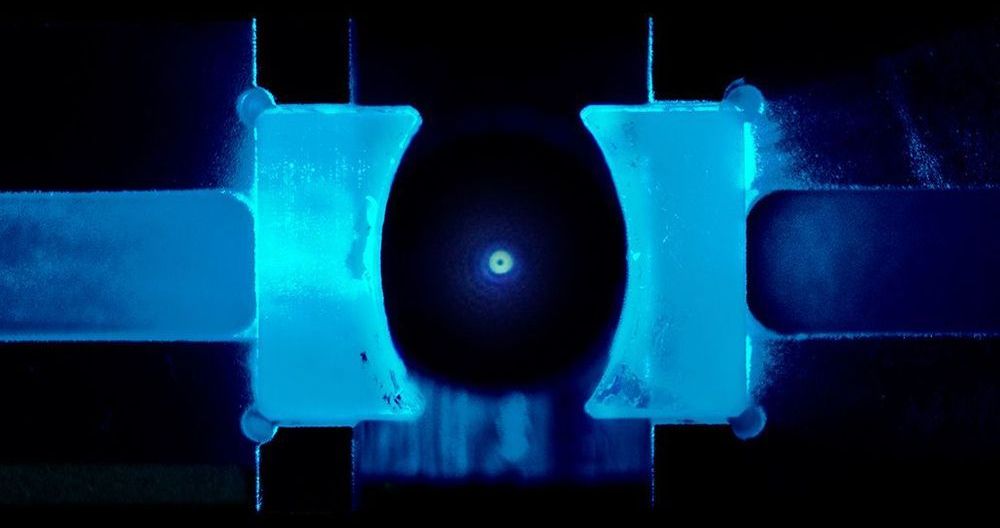
A tiny nanoparticle has been chilled to the max.
Physicists cooled a nanoparticle to the lowest temperature allowed by quantum mechanics. The particle’s motion reached what’s known as the ground state, or lowest possible energy level.
In a typical material, the amount that its atoms jostle around indicates its temperature. But in the case of the nanoparticle, scientists can define an effective temperature based on the motion of the entire nanoparticle, which is made up of about 100 million atoms. That temperature reached twelve-millionths of a kelvin, scientists report January 30 in Science.